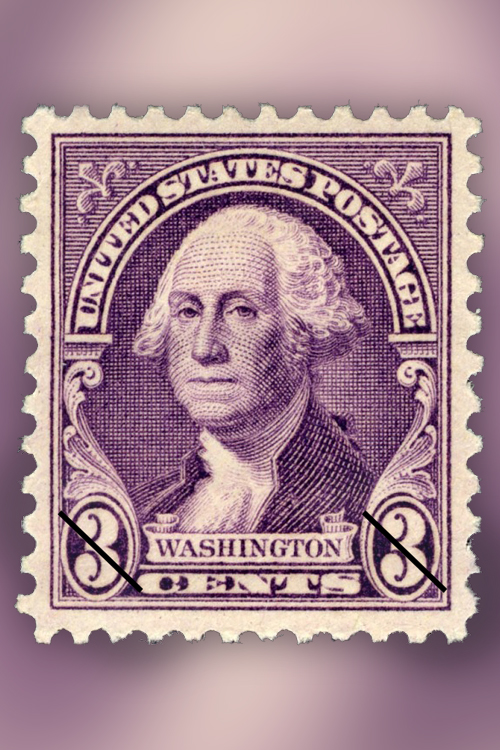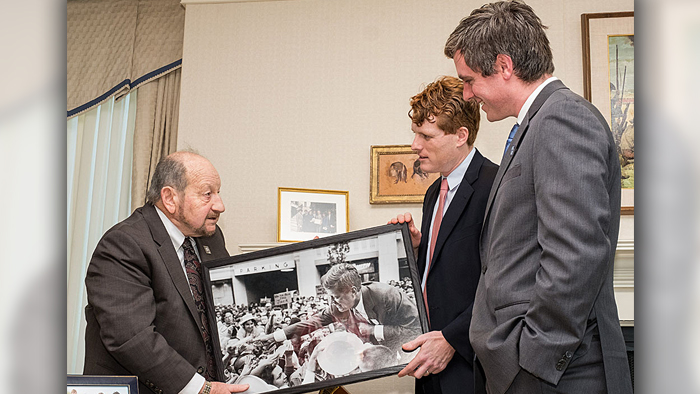This year, Presidents Day falls on Monday, Feb. 21.
In a peculiar twist, the holiday that began as an unofficial observance of George Washington’s birthday, and that is now celebrated on the third Monday of February, never actually falls on the Founding Father’s birthday — or any other president’s, for that matter.
Here’s how the holiday evolved from the 1700s until today.
During his life and especially after his death, the young nation informally celebrated Washington on the day of his birth, Feb. 22.
In 1879, Congress designated Feb. 22 an official federal holiday.
In 1968, Congress passed the Uniform Monday Holiday Act, moving three federal holidays, including Washington’s birthday, to Monday to create three-day weekends for federal workers.
The name “Presidents Day” had been proposed by the early 1950s, and Congress considered changing the name during debate for the act.
Part of the thinking was that Abraham Lincoln’s birthday on Feb. 12 was already celebrated in several states, and one holiday could combine the two observances. Another theme was that the day could evolve to honor the office of the presidency, and not just one person.
Congress decided against it, but by the time the law went into effect in 1971, retailers had latched on to the Presidents Day moniker and it gained in popular use during the 1980s.
It is now widely considered a time to celebrate all commanders in chief.
In addition to observing Presidents Day, the Postal Service salutes presidents through its stamp program.
Recent releases recognized John F. Kennedy, the 35th president, who served from 1961-1963 and was honored with a stamp in 2017, and George H.W. Bush, the 41st president, who served from 1989-1993 and was honored with a stamp in 2019.


